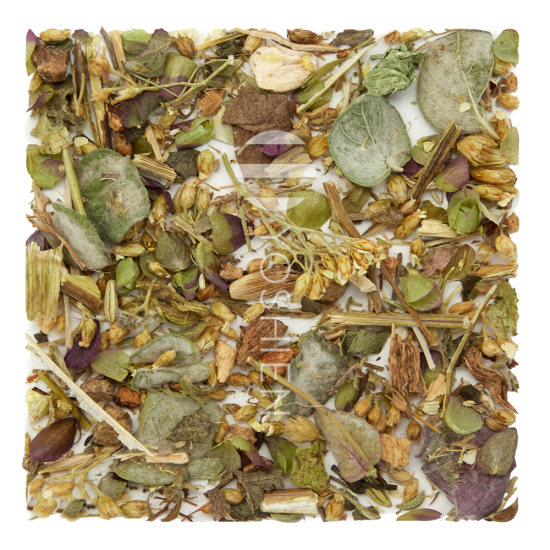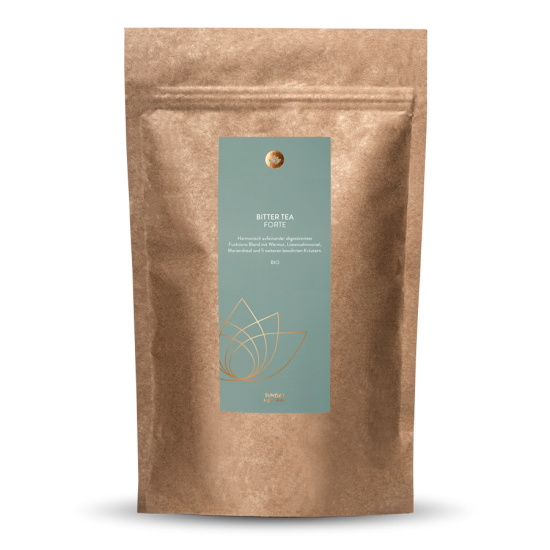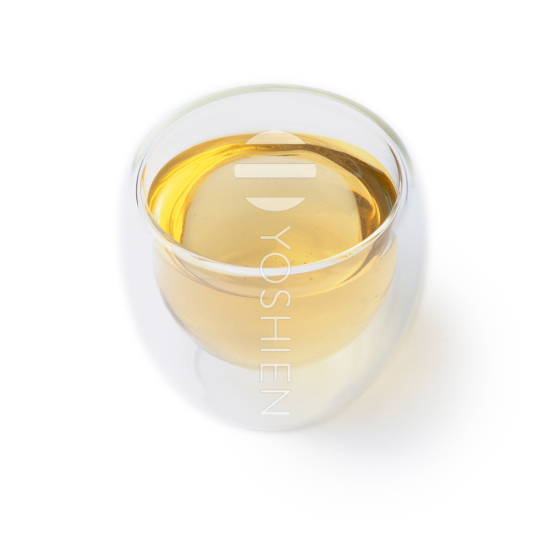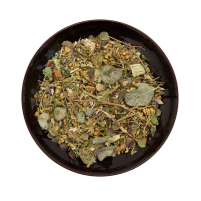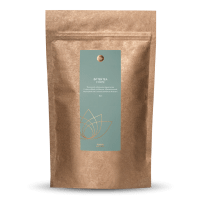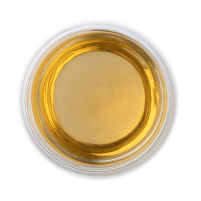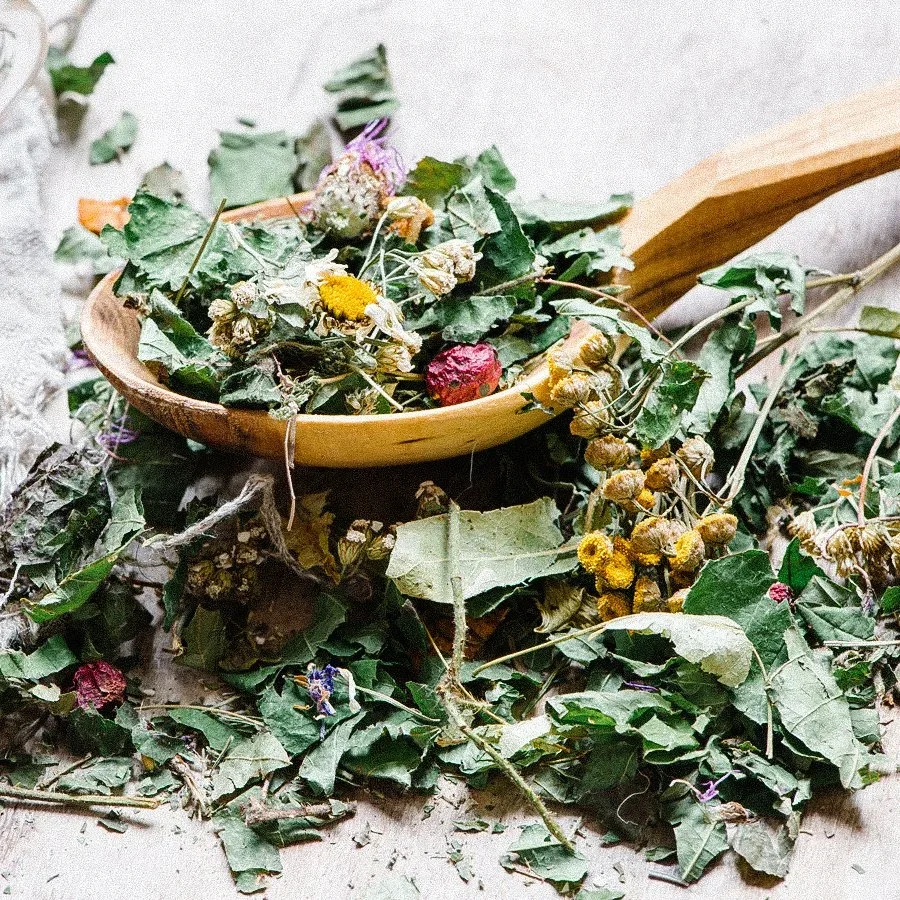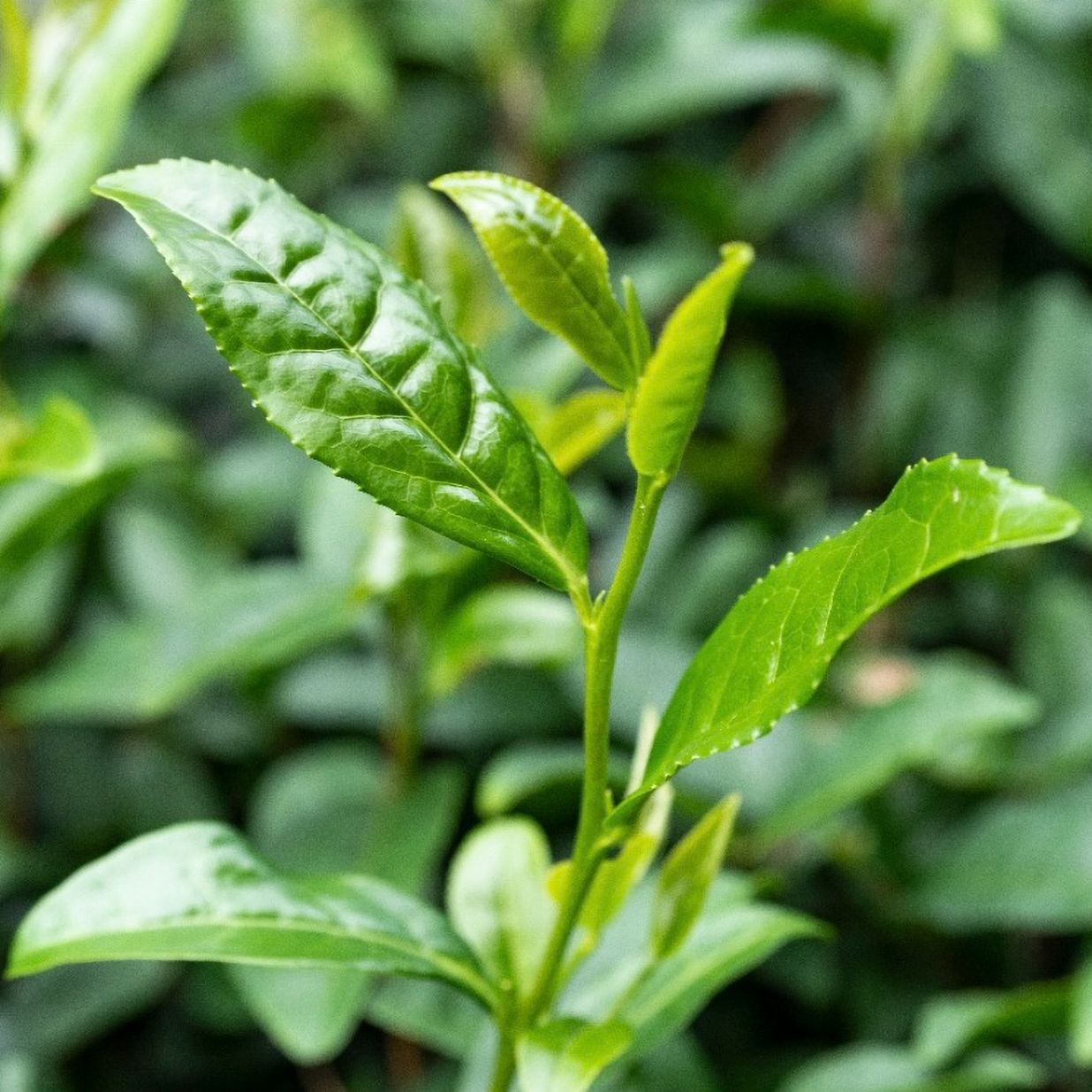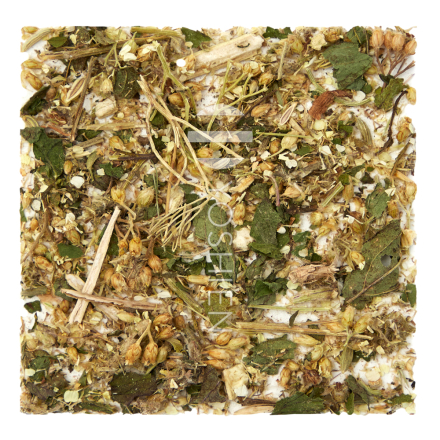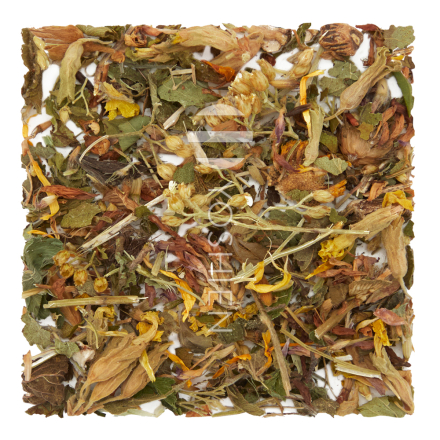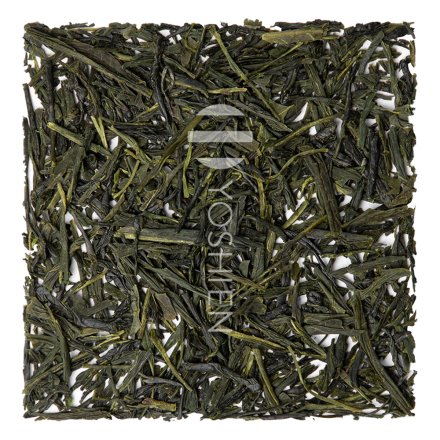Yarrow
Yarrow grows across Europe and northern Asia, extending as far north as the Arctic Circle. The resilient perennial endures throughout the year, remaining above the earth's surface even during winter. Its rich heritage in herbalism stretches back to Greek mythology, where yarrow finds mention as a plant used by Achilles. It is from this legend that it derives its Latin name, Achillea millefolium.
Fennel Seed
Fennel (Foeniculum vulgare) is one of the oldest herbs in continuous use worldwide. Its origins can be traced back to around 3000 BC in Mesopotamia, where it was cherished for its numerous health benefits. The ancient civilisations of Egypt, Greece and Rome also recognised and appreciated the remarkable value of fennel.
Elecampane
Elecampane (Inula helenium L.) is a striking plant with vibrant yellow flowers. While it originates in Anatolia, today it is successfully cultivated in Spain, the Netherlands and the Balkans. Throughout history, the aromatic root of elecampane has found versatile uses in the culinary world and as an incense.
Milk Thistle
From its homeland throughout the Mediterranean, milk thistle (Silybum marianum) has spread to the Canary Islands, the Azores and eastward to southern Russia and Iran.
Dittany
Dictamos (Origanum dictamnus) is a plant native to Crete. It belongs to the Lamiaceae family and grows wild mainly on limestone walls and rocks in the mountainous Dikti region. Dictamos was highly sought after in ancient times and was considered a true miracle herb by Greek herbalists. Today it is used both as a spice and in tea.
Wormwood
Wormwood (Artemisia absinthium) is a herbaceous plant belonging to the Asteraceae family. In ancient times, it was used to ward off demons and was put in infants' beds to protect them from goblins and spirits. Historically, the famous herbalist Priest Kneipp knew about its power. Today, wormwood forms the basis of various spirits such as absinthe.
Dandelion
The dandelion (Taraxacum officinale) is a resilient perennial herb native to the entire northern hemisphere. It exhibits remarkable adaptability, thriving in diverse habitats at altitudes of up to 2800m above sea level such as meadows, forests and even urban environments, where it can be found in such unlikely areas as cracks in the pavement. The dandelion can grow up to 10cm tall and is characterised by its distinctively white sap present in all parts of the plant. Although references to the dandelion date back to the 11th century in Persia, it wasn't until the 16th century that it was mentioned in European herbal lore.
Gentian
Gentian (Gentiana lutea) is a common Alpine plant with many bitter substances in its roots, which have been valued since ancient times. It has an extremely high bitterness value of 10 000, making it one of the most bitter plants around. Gentian only bears its first flowers after ten years and can live to the impressive age of 60 years.



